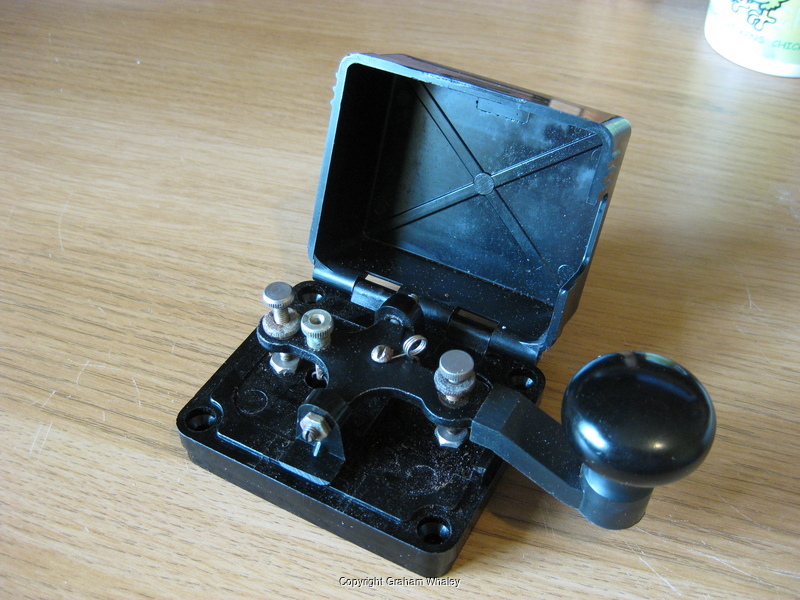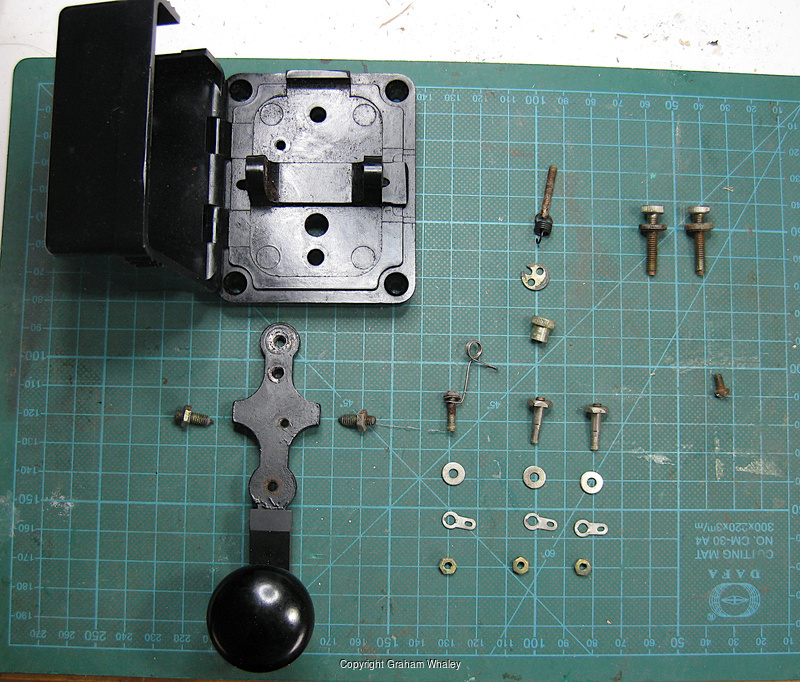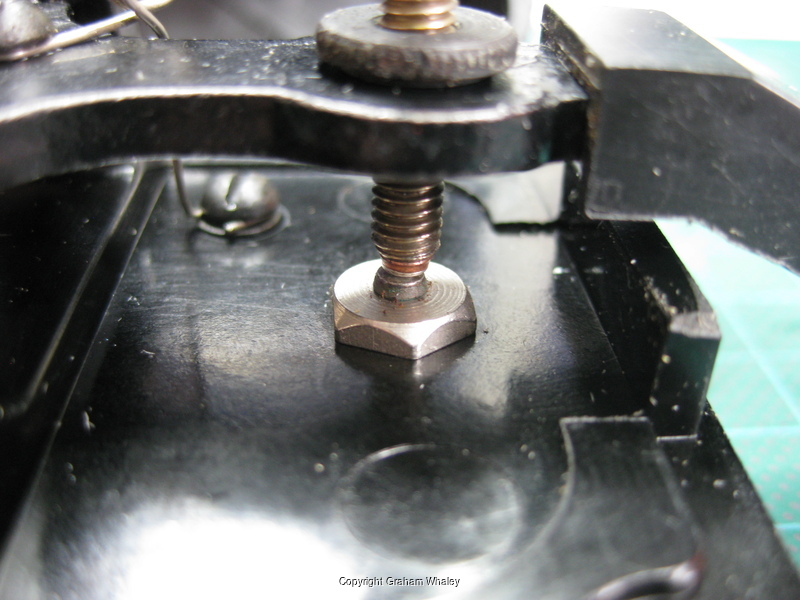
As published in the FISTS CW Club December 2022 Key Note newsletter
I picked this key up on 19/6/21 for £23.95 off the usual internet auction site. There are a number of variants of this key around, notionally made in either Russia or Ukraine. It is not always obvious how to tell them apart. There is also the variation that some units come with a noise filter built into an extended base (and are quite often postfixed with the letter ‘F’ to indicate this), and some don’t.
Here is my key as it came:

If we look a little way down this brundrit page, it says that the Ukrainian keys have a ‘3TA’ logo embossed on the lid, and the Russian ones have ‘LT’. Mine has an ‘LT’, so notionally this is a Russian made key.
Mine does not have the base filter unit. It is also possibly slightly unusual in that the main armature is painted black. I’m not sure I’ve seen another one with a painted armature in any internet photos. The paint looks pretty ‘original’ to me.
There is a touch more info on the Ukrainian keys on this morsex page. Those keys do look a little different to mine - the top lid has a diffrent embossing, and there look to be some insulating washers or something on the adjustment screws that are not on mine. That does make me feel maybe mine is more Russin than Ukrainian.
You’ll also see these keys called ‘TK’ or ‘TKF’. I’ve not managed to quite track down where that name comes from. Here is the eham review page.
My key came with some corrosion. It was not terrible, but it was pretty wide spread, being on all the screws and armature parts. The main painted armature was not too bad. It needed a complete strip down:

Given the extent of the corrosion, I decided a gentle rust removing ‘dip’ was in order. I have a number of ‘dips’ I use, including:
Once cleaned up and put back together, the key looks like:

One interesting thing I found when putting this key back together that I’d not seen documented anywhere before is that you can adjust the contact alignment. That is, the horizontal alignment to ensure the contacts are touching middle-to-middle. This is pretty easy to do, as the bottom contact is a loose fit in its hole in the base. Just slacken off the retaining nut a little and you can manoeuvre that contact into alignment, and then re-tighten the nut.
Here is a picture of my contacts as they came, out of alignment:

I’ve not had much time on this key, but generally I like the feel. It’s a little soft, and not too clacky, and is fairly quiet as the mechanism is enclosed in its casing. I think I need to do some more gap and tension adjustments, but overall I’m happy with this key.